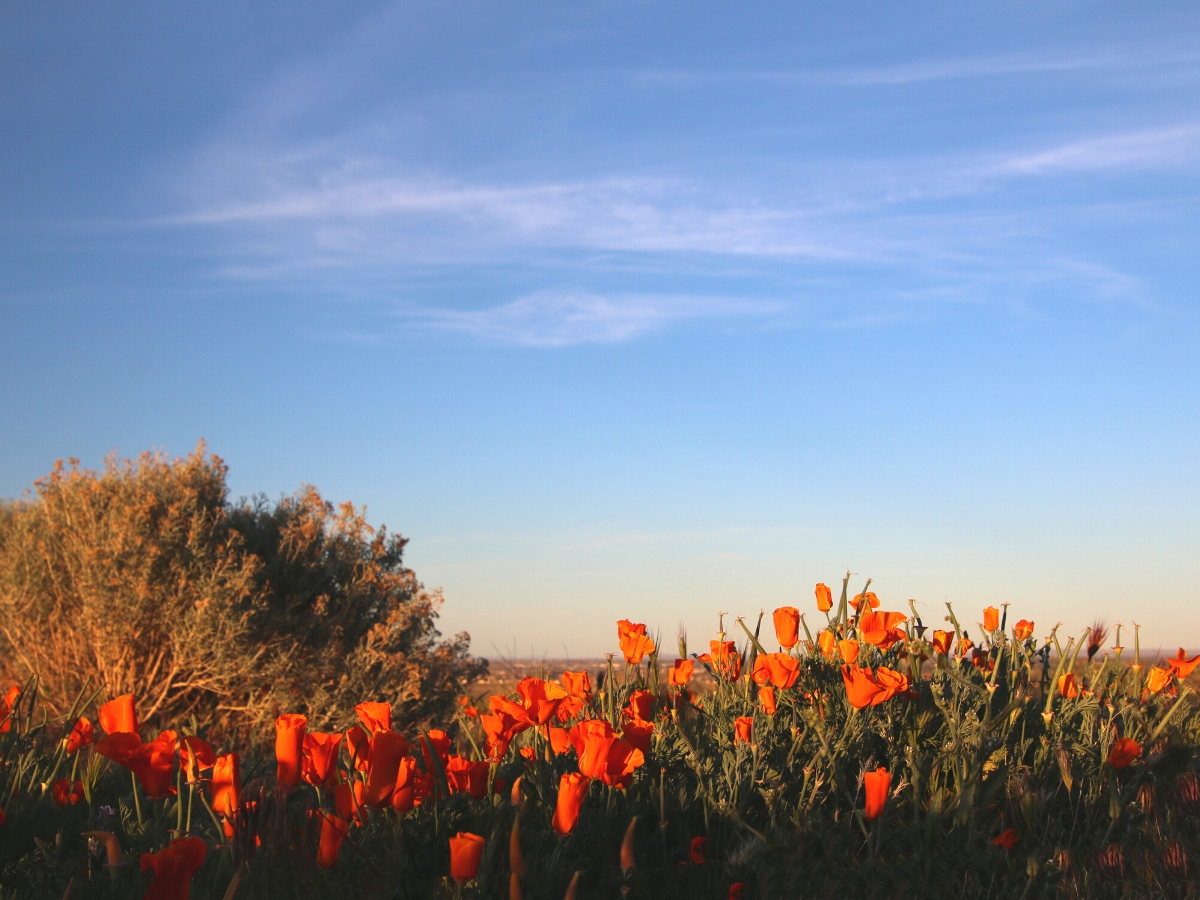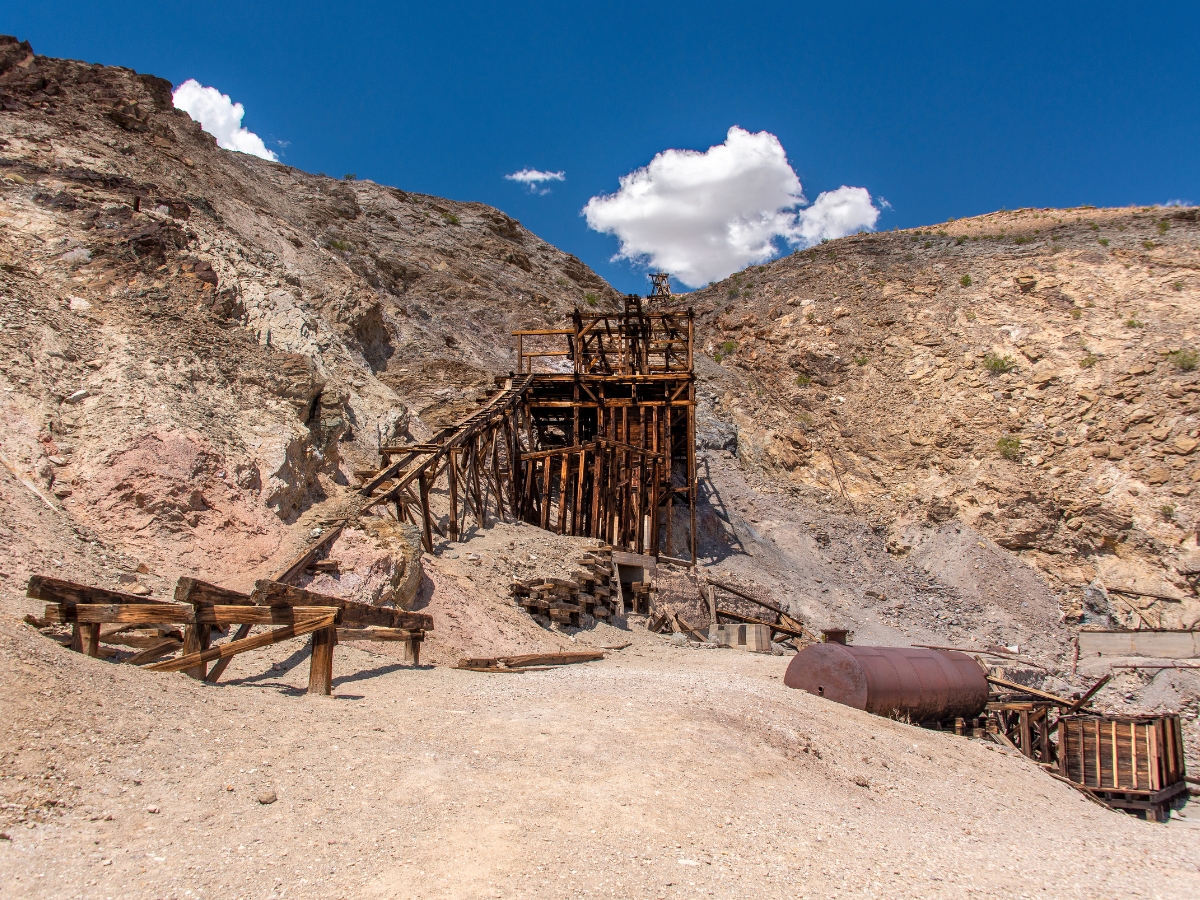California is often called “The Golden State,” but have you ever wondered why? The nickname has been used for over a century and is officially recognized as the state’s nickname. Many people associate the name with the state’s sunny weather or the Golden Gate Bridge, but the truth is that there is a more significant reason behind it.
The most common explanation for the nickname is that it originated during the Gold Rush of the mid-1800s. The discovery of gold in California in 1848 led to a massive influx of people seeking their fortunes, and the state’s population boomed. The gold rush significantly impacted the state’s economy and history, and it is still celebrated today as a defining moment in California’s past. As a result, the state adopted the nickname “The Golden State” to recognize gold’s role in its development.
While the Gold Rush is undoubtedly a significant part of California’s history, there are other reasons why the state is called “The Golden State.” For example, the state’s official colors are blue and gold, and the University of California uses a golden bear as its mascot.
Additionally, California produces a significant amount of gold each year, making it one of the top gold-producing states in the country. The nickname “The Golden State” is a fitting tribute to California’s rich history, culture, and natural resources.

Why is California Called the Golden State
California is known as the Golden State, a nickname that has been used since 1968, and it is a moniker that perfectly encapsulates the essence of the state. The name is derived from the state’s rich history of gold mining and the abundance of golden poppies that bloom throughout the state’s hills and valleys. The nickname is also a nod to the state’s golden sunsets that stretch across the Pacific Ocean.
The story of California’s nickname begins with the discovery of gold in California in 1848. The discovery of gold in the American River sparked a massive migration of people from all over the world, leading to the California Gold Rush. The Gold Rush brought thousands of people to California in search of riches, and it forever changed the state’s history and economy.
The discovery of gold brought prosperity to California, and the state’s nickname became synonymous with wealth and opportunity. The nickname has become a symbol of California’s pioneering spirit and its ability to transform itself and adapt to change.
California’s official nickname was adopted in 1968, and it was a fitting tribute to the state’s rich history and natural beauty. The nickname has since become an integral part of California’s identity, and it is widely recognized throughout the world.
In addition to the state’s gold rush history, the nickname also reflects the state’s natural beauty. The golden poppy is the state flower of California, and it is a common sight throughout the state’s hills and valleys. The flower’s vibrant orange color is reminiscent of the gold that was discovered in California, and it has become an important symbol of the state’s natural beauty.
California’s nickname is also a nod to the state’s golden sunsets that stretch across the Pacific Ocean. The state’s location on the west coast provides stunning views of the sun as it sets over the ocean, casting a golden glow over the water. The state’s golden sunsets have become an iconic image of California, and they are a reminder of the state’s natural beauty and its connection to the ocean.
In conclusion, California’s nickname, the Golden State, is a fitting tribute to the state’s rich history and natural beauty. The name reflects the state’s pioneering spirit, its ability to adapt to change, and its connection to the ocean. The nickname has become an integral part of California’s identity, and it is a symbol of the state’s wealth, opportunity, and natural beauty.

California’s Rich History
California has a long and rich history that has shaped the state into what it is today. From the Mexican-American War to the Gold Rush Era, California has seen its fair share of significant events that have impacted not only the state but also the nation as a whole. In this section, we will explore some of the most important periods in California’s history.
Mexican-American War
The Mexican-American War was a conflict between the United States and Mexico that took place between 1846 and 1848. The war was fought over a dispute about the border between Texas and Mexico, which the United States had annexed in 1845. The war ended with the Treaty of Guadalupe Hidalgo, which ceded a significant portion of Mexico’s territory to the United States, including what is now California.
Gold Rush Era
The Gold Rush Era is perhaps the most well-known period in California’s history. It began in 1848 when gold was discovered at Sutter’s Mill in Coloma, California. The discovery of gold sparked a massive influx of people from all over the world who came to California in search of fortune. The Gold Rush Era had a significant impact on California’s economy and population. San Francisco, which was a small town before the Gold Rush, became a bustling city almost overnight.
Statehood and Union
California became a state in 1850, just two years after the end of the Mexican-American War. The state’s entry into the Union was significant because it tipped the balance of power in favor of the free states. At the time, there were 15 free states and 15 slave states, and California’s entry as a free state upset the balance. This led to tensions between the North and South that would eventually lead to the Civil War.
California’s entry into the Union also had a significant impact on the state itself. The state’s constitution was one of the most progressive in the nation, guaranteeing civil rights and liberties to all citizens regardless of race or ethnicity. This was a significant departure from the rest of the nation, where discrimination and segregation were still widespread.
In conclusion, California’s rich history has played a significant role in shaping the state into what it is today. From the Mexican-American War to the Gold Rush Era and statehood, California has seen its fair share of significant events that have impacted not only the state but also the nation as a whole.

Natural Beauty of California
California is a state known for its natural beauty, and it is easy to see why. From the vibrant golden poppies to the stunning sunsets, California is a feast for the eyes. In this section, we will explore some of the most breathtaking natural wonders that California has to offer.
Golden Poppies
The golden poppy, also known as the state flower of California, is a sight to behold. These vibrant orange flowers can be found all over the state, especially in the springtime. In fact, California has the largest concentration of golden poppies in the world. These flowers are not only beautiful, but they also play an important role in the state’s ecosystem. They provide food for insects and animals, and their seeds help to prevent soil erosion.
Golden Gate Bridge
The Golden Gate Bridge is one of the most iconic landmarks in California. This stunning suspension bridge spans the Golden Gate Strait, which connects the Pacific Ocean to the San Francisco Bay. The bridge is known for its distinctive orange color, which was chosen to help it stand out in the foggy San Francisco weather. The Golden Gate Bridge is not only a marvel of engineering, but it is also a symbol of California’s innovation and creativity.
Beaches and Seas
California is home to some of the most beautiful beaches and seas in the world. The state has over 800 miles of coastline, which means there is no shortage of places to soak up the sun and enjoy the ocean. Some of the most popular beaches in California include Santa Monica, Venice Beach, and Huntington Beach. These beaches are not only great for swimming and sunbathing, but they also offer a variety of activities such as surfing, boating, and fishing.
The Pacific Ocean is also a major part of California’s natural beauty. The ocean is home to a wide variety of marine life, including dolphins, whales, and sea lions. It also plays an important role in the state’s economy, as it is a major shipping lane and a source of seafood.
Hillsides and Sunsets
California’s hillsides and sunsets are a sight to behold. The state is home to a variety of landscapes, from the rolling hills of wine country to the rugged mountains of the Sierra Nevada. These hillsides are not only beautiful, but they also provide habitat for a variety of plants and animals.
The sunsets in California are also legendary. The state’s position on the west coast means that it is perfectly situated to witness some of the most stunning sunsets in the world. Whether you are watching the sun dip below the Pacific Ocean or over the mountains, a California sunset is an experience you will never forget.
In conclusion, California’s natural beauty is truly breathtaking. From the golden poppies to the stunning sunsets, there is something for everyone to enjoy. Whether you are a nature lover or simply appreciate the beauty of the world around you, California is a state that should not be missed.

Economic Aspects of California
California is known as the Golden State for a variety of reasons, one of which is its robust economy. The state’s economy is the largest sub-national economy in the world, with a gross state product of $3.598 trillion as of 2022. This section will explore some of the key economic aspects of California, including the Golden State Stimulus, Hollywood and Entertainment, and the Wine Industry.
Golden State Stimulus
The Golden State Stimulus is a program launched by California Governor Gavin Newsom in response to the COVID-19 pandemic. The program provides stimulus payments to eligible California residents who meet certain criteria. The first round of the program, known as GSS I, provided $600 payments to individuals who earned $75,000 or less in 2020 and filed a 2020 tax return. The second round, GSS II, provides $600 payments to eligible individuals who did not receive a payment in the first round and an additional $500 to those with dependents.
To be eligible for the Golden State Stimulus, individuals must be California residents with a valid Social Security number. Payments are distributed via direct deposit or paper check, depending on the information provided on the tax return. The program is expected to provide much-needed relief to Californians who have been impacted by the pandemic.
Hollywood and Entertainment
Hollywood and the entertainment industry are synonymous with California. The state is home to major film studios, television networks, and music labels, making it a hub for entertainment. The industry generates billions of dollars in revenue for the state each year and employs thousands of people.
The pandemic has had a significant impact on the entertainment industry, with productions shutting down and theaters closing their doors. However, the industry has adapted to the new normal, with many productions resuming under strict safety protocols. Streaming services have also seen a surge in popularity, with many people turning to them for entertainment during lockdowns.
Wine Industry
California is also known for its wine industry, which generates billions of dollars in revenue and employs thousands of people. The state is home to some of the world’s most famous wineries and produces a wide variety of wines.
The industry has faced its own set of challenges, including wildfires and droughts. However, wineries have adapted to these challenges, with some implementing sustainable practices to conserve water and reduce their carbon footprint.
The state also offers tax credits to wineries that participate in the California Earned Income Tax Credit (CalEITC) program. The program provides assistance to low-income individuals and families, and wineries that participate are eligible for a tax credit of up to 50% of their contribution.
In conclusion, California’s economy is diverse and robust, with industries ranging from entertainment to wine production. The Golden State Stimulus program provides much-needed relief to residents impacted by the pandemic, while the entertainment and wine industries continue to generate revenue and employment opportunities for thousands of Californians.

California’s State Symbols and Nicknames
California is known for its diverse range of state symbols and nicknames. From the official colors to the state motto, California is rich in symbolism that represents its unique history and culture.
State Colors
California’s official state colors are blue and gold. These colors were chosen to represent the Golden State’s natural beauty and wealth. The blue symbolizes the sky and the Pacific Ocean, while the gold represents the state’s famous Gold Rush.
State Motto
California’s state motto is “Eureka,” which means “I have found it.” This motto was adopted in 1849, during the Gold Rush, and represents the discovery of gold in California. The motto is still used today as a symbol of the state’s innovative spirit and the many opportunities it offers.
Other Nicknames
California has several other nicknames that reflect its unique character and history. One of the most famous is the “Golden State,” which refers to the state’s wealth and prosperity. This nickname was first used during the Gold Rush and has since become synonymous with California’s success and innovation.
Another nickname is the “Land of Opportunity,” which reflects California’s reputation as a place where anyone can succeed and achieve their dreams. This nickname is particularly appropriate given the state’s diverse population and thriving economy.
California is also sometimes called the “Land of Milk and Honey,” which refers to the state’s agricultural abundance. The nickname comes from the Bible and has been used to describe California’s fertile farmland and bountiful harvests.
Finally, California is sometimes referred to as the “Grape State,” due to its thriving wine industry. California produces more wine than any other state in the country and is known for its high-quality grapes and vineyards.
In conclusion, California’s state symbols and nicknames reflect the state’s rich history, diverse culture, and natural beauty. From the official colors to the state motto, these symbols serve as a reminder of California’s unique character and the many opportunities it offers.

California’s Cultural Impact
California’s cultural impact has been felt around the world, from Hollywood to Silicon Valley. The Golden State has a rich history of art, performance, and surfing culture that has influenced generations. This section will explore some of California’s cultural highlights, including surfing culture, art, and performance.
Surfing Culture
California is synonymous with surfing culture, and for good reason. The state’s long coastline and consistent waves make it an ideal location for surfers of all levels. The sport has been a part of California’s culture since the 1950s, and it has since become a significant part of the state’s identity.
Surfing culture has influenced everything from fashion to music, and it has even spawned its own subculture. Surfing competitions, such as the US Open of Surfing in Huntington Beach, draw thousands of spectators each year. The sport has also been featured in popular movies, such as Point Break and The Endless Summer.
Art
California has a vibrant art scene that has produced some of the world’s most renowned artists. From the street art of Los Angeles to the galleries of San Francisco, there is no shortage of artistic inspiration in the Golden State.
One of California’s most famous art installations is the Watts Towers in Los Angeles. The towers were built by Italian immigrant Simon Rodia over a period of 33 years and are now a National Historic Landmark. Other notable art institutions in California include the Getty Center in Los Angeles and the San Francisco Museum of Modern Art.
Performance
California has also made significant contributions to the world of performance arts. Hollywood, located in Los Angeles, is the epicenter of the film industry and has produced some of the most iconic movies and television shows of all time.
The state is also home to some of the world’s most famous music venues, such as the Hollywood Bowl and the Greek Theatre. California has produced some of the most influential musicians of all time, including The Beach Boys, Metallica, and Tupac Shakur.
In conclusion, California’s cultural impact has been significant and far-reaching. The state’s surfing culture, art, and performance have influenced generations and continue to inspire people around the world. Whether it’s catching a wave at Huntington Beach or visiting the Getty Center, California’s cultural offerings are not to be missed.






